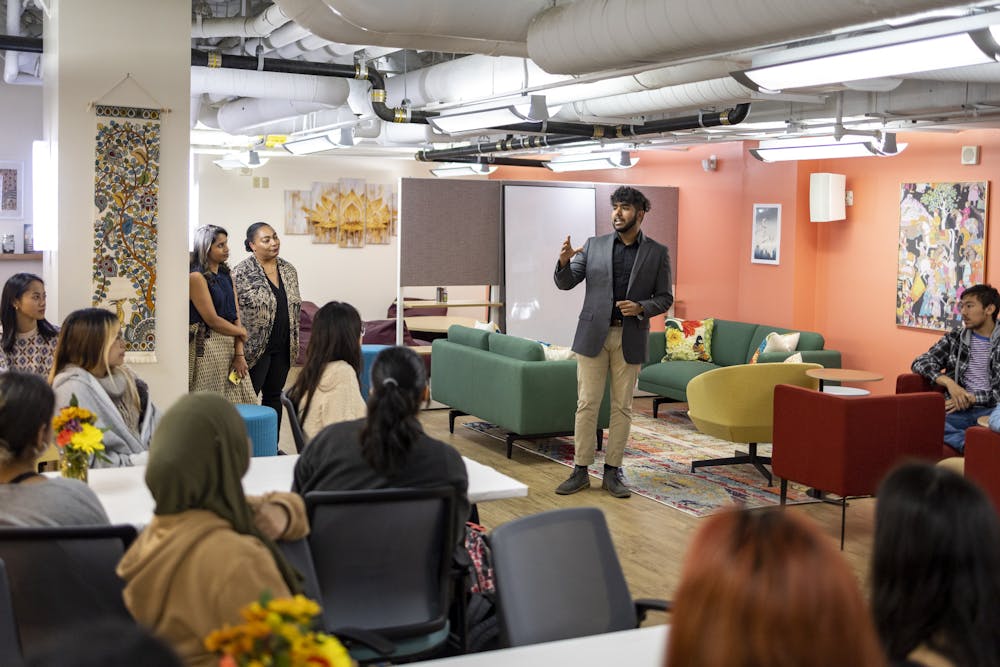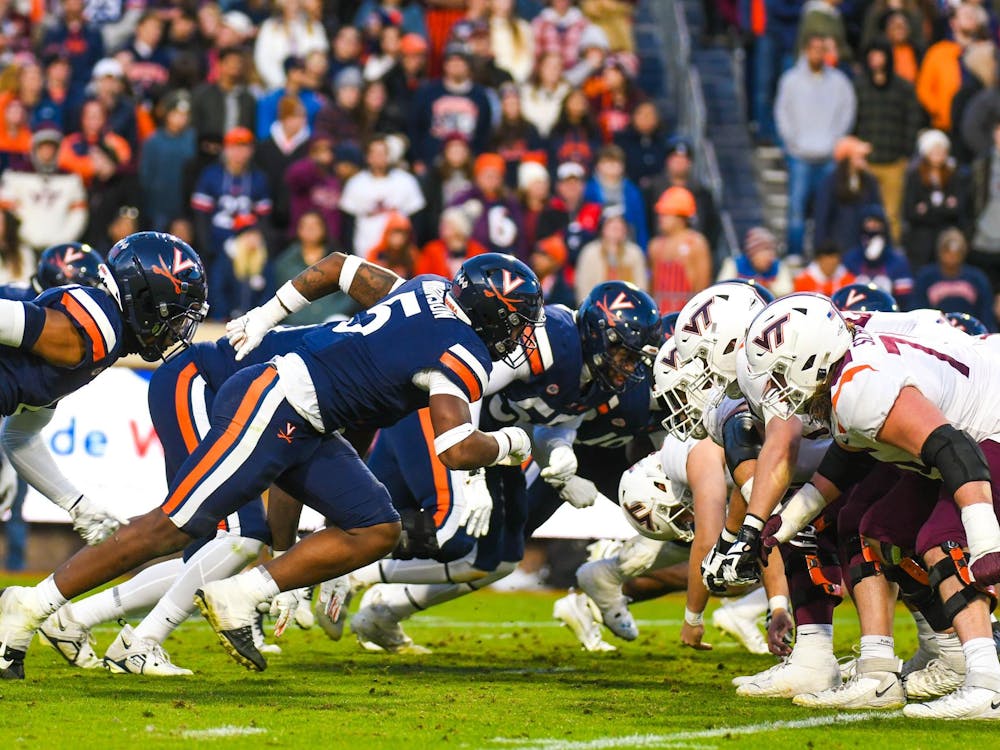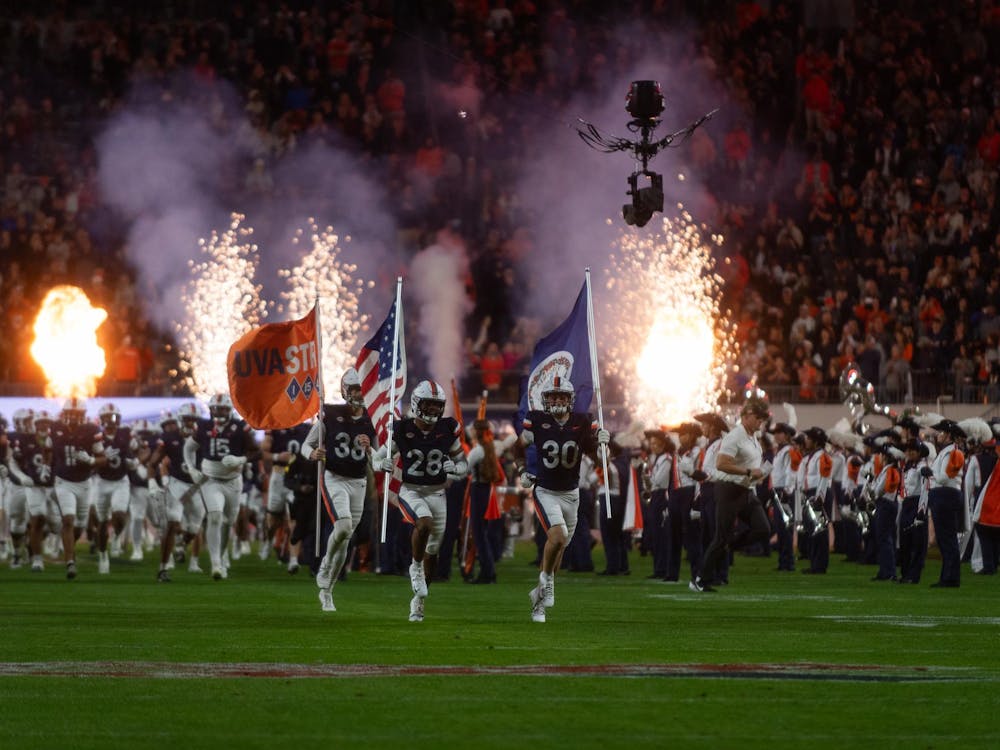The Asian American Student Center, the newest Multicultural Student Services center in the basement of Newcomb Hall had its grand opening Tuesday afternoon with speeches from Asian American student leaders and MSS faculty members. The opening of the center comes after a long push from students for more institutional support for Asian American students and officially opened for student use Wednesday.
The grand opening event elicited a flood of emotions for many students. Their spirits appeared high as they chatted about what they were most excited to use the space for. Mentions of movie nights, cooking classes, late-night study sessions and book clubs filled the room. At the same time, some students — especially those involved in the planning process — were in almost a state of shock as they bore witness to how their hard work had paid off and hopes had come to fruition.
The first guest speaker was Vicki Gist, senior associate dean of students and director of MSS, who highlighted the fact that the center’s purpose is to show that as a community, Asian American students are not invisible at the University. Next, Sanjeev Kumar, former president of the Asian Student Union and Class of 2023 alumnus, said that he hopes students will bring passion and warmth to the space. Lastly, the program coordinator for MSS, Nehali Patel, encouraged students to make any requests to the space or to its future services and activities provided.
The center is filled with colorful art, cozy study nooks and a tea bar where students can eat, drink and socialize. The space had previously housed the Multicultural Student Center from its 2016 opening until 2020, when it moved to its current location on the second floor of Newcomb Hall.
Students present at the grand opening Tuesday made note of some features they are especially excited about. Graduate student Adrian Mamaril, who was involved in the planning committee, said that he is excited about the diverse array of books featured in the Center. Many of the books filling the shelves highlight Asian and Asian American voices.
“Our biggest worry has always been ‘Are we exploring literature in an Asian American context as much as we can?’” Mamaril said. “It's hard to do that with classes but in a space like this, we know for a fact that the programming here in this space will vary so much from any other space on Grounds and I think that that's the most beautiful thing.”
Gordon Shi, fourth-year College student and planning committee member, said that part of the value of the space is its ability to be used in a flexible manner for all kinds of students. The Center’s design is meant to enable students to use the space as a quiet study area, a community gathering place for friends and a space to host lively events.
Gist first became aware of the proposal in fall 2021 and it was approved in spring 2022.
“It is a beautiful, colorful space,” Gist said in an email to The Cavalier Daily. “The students did a wonderful job choosing the palette and artwork and were very thoughtful about making sure the design was representative of the breadth of the Asian diaspora.”
Despite some difficulty acquiring a project manager in the early stages of development, which pushed the opening of the center from last year to this year, students worked with administrators to coordinate the programming, design and layout of the space during the 2022-23 school year.
Kumar also noted that there had been some challenges in getting the project approved in 2021, especially dealing with administrative pushback. According to Kumar, the project initially faced questions as to what an Asian American Student Center can offer that is different from the Multicultural Student Center.
Wendy Gao, Asian Student Union president and fourth-year College student, said that the creation of this center is monumental, representing decades of student organizing to create a safe community space for APISAA students navigating a primarily white institution.
“BIPOC bodies just navigate the University differently, and I think having safe spaces and a space that's specifically crafted for our community is really important, allowing us to be in community with each other and try to heal from these complicated histories at the University,” Gao said.
In addition to providing a community space and room for organizations to meet, the Center also offers internship opportunities for students.
Students have been calling for the creation of an Asian and Asian American student center since before the 21st century — with the first call for a dedicated center coming from a 1994 ASU report. More recently, in 2021, several students wrote a letter making the case for the development of an Asian and Asian American student center.
The creators of the center do not only intend for the center to be exclusively used by Asian American students, though. Kumar said that the center can mean more than just a communal space but also serve as a place for non-Asian students to engage with other cultures and learn about Asian American history.
“I really see this place as not only a home and community for Asian American students, but also as a means of helping facilitate educational seminars to teach the University about the deep, rich history of Asian Americans in the United States,” Kumar said.
Students are also focused on the goals of increasing the number of Asian and Pacific American faculty and expanding the Asian Pacific American Studies minor. There is currently no APAS major offered at the University.
Gao said that the expansion of the APAS minor is a priority for ASU and that the creation of an APAS major would give students more opportunities to critically study power structures.
“I think that the opening of the center is a good time to remind people [that] we have the center and that's really great, but another thing that we've been fighting for almost three decades is the expansion of the APAS minor and getting more APAS faculty hired,” Gao said.
Looking forward, Gao also expressed hope that the center will lead to continued conversations about supporting other marginalized groups at the University.
“I hope that we can use the opening of the Asian and Asian American Student Center to continue looking for next steps,” Gao said. “It's great that we now have a center, but there are groups who don't have spaces — how can we start imagining Black learning and living spaces? How can we continue advocating for an indigenous student center or an indigenous student space?”
For Gist, the new center fills the role of promoting leadership development, cultural identity and a sense of belonging, especially for students of color at a largely white University.
“I hope the center will become a place of bonding and connection for Asian and Asian American students and that it will be a place for students to get connected to resources and programming to aid in their overall success,” Gist said. “[I hope] that the center will be a place to raise awareness about the breadth of the Asian and Asian American experience for the broader University.”







